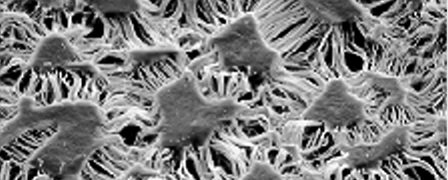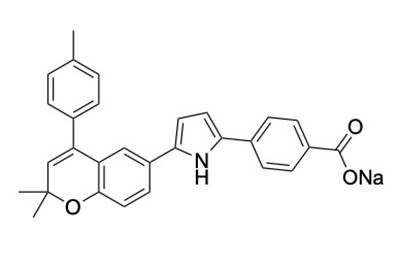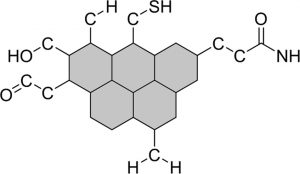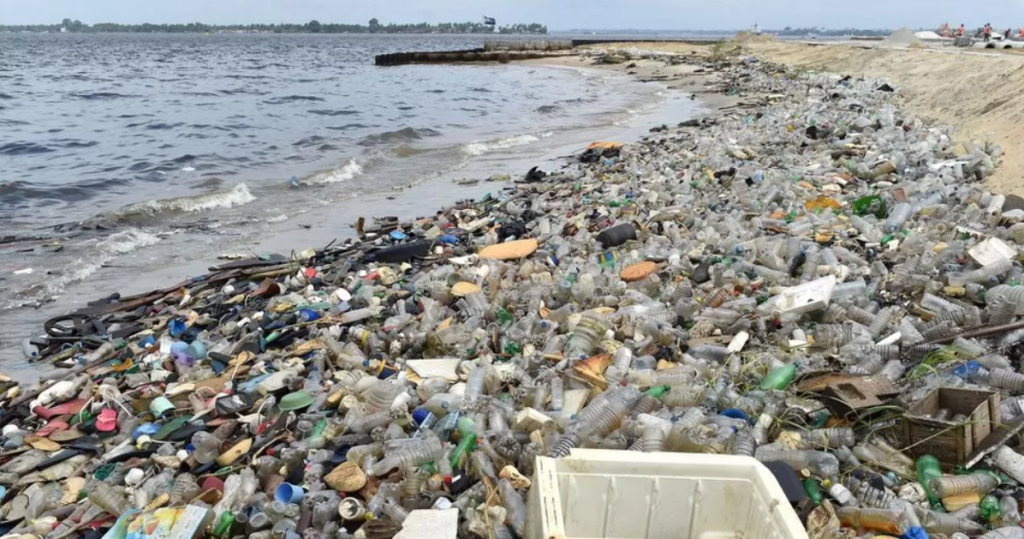You must have heard the saying that “laughter is the best medicine,” but did you know that in rare cases, it may cause your death? Prolonged and intense laughter has been documented by researchers from University of Birmingham and Oxford to cause various medical conditions and, in some instances, death.
Throughout history, since ancient Greece, people have died because of intense and prolonged laughter. While today some scientists claim that the cause of death was inaccurately reported due to the limited medical knowledge. Laughter cannot directly cause someone’s death except suffocation triggered by laughing while eating.

Picture 2: Young man coughing front view.
Laughter is often recommended for promoting overall well-being and reducing stress. However, a recent study by researchers from the University of Birmingham and Oxford highlights the potential adverse effects of excessive laughter, particularly in individuals with pre-existing medical conditions.
Light laughter has been shown to benefit the cardiovascular system. However, excessive laughter can raise blood pressure and put strain on the heart. This can be particularly dangerous for those with heart problems such as coronary artery disease or congestive heart failure (CHF) -occurs when the heart muscle doesn’t pump blood as well as it should-. Simply put, a diseased heart may not be able to tolerate the increased heart rate and pressure caused by intense laughter.

Picture 3: Heart
In addition, excessive laughter can put pressure on the chest muscles. Therefore, it can be dangerous for those with respiratory complications such as collapsed lungs-the overlap of lung tissues-. Laughing too hard for extended periods of time can also lead to hyperventilation, causing shortness of breath and, in rare cases, temporary loss of consciousness.
Experts think that having a pre-existing illness was likely a significant contributor to death caused by laughing. Additionally, while it is not lethal, laughing excessively for an extended period can lead to difficulty breathing or even death.

Picture 4: Joyful Little Kid
Keep in mind that continuous loud laughter can be dangerous, but that doesn’t mean you should stop laughing altogether. A good hearty laughs every day is indeed the elixir of life, but make sure the laugh-out-loud moments don’t take your breath away. 🙂













